General Landscape Uses: Background screen, flowering accent large shrub or small tree, appropriate for use in both oasis and xeric landscape design types.
Ecological Restoration Notes: Erosion control, provides nectar, shelter, and fruit for birds and insects
Description: Evergreen to semi-evergreen tree or shrub
Dimensions: Height 15 – 25 ft.; Spread 10 – 20 ft.
Growth Rate: slow
Native Range: The Lower Rio Grande Valley of south Texas into Mexico (Nuevo Leon, San Luis Potosi, Coahuila and Tamaulipas)
Native Habitats: Thorn scrub, dry woodlands, limestone uplands and rocky slopes, coastal plains
Soils: Well drained, but with some ability to retain nutrients (referred to as having a good cation exchange capacity).
Nutritional Requirements: Low
Salt Water Tolerance: Low to moderate
Salt Wind Tolerance: Moderate
Drought Tolerance: High
Light Requirements: Full sun
Flower Color: white with yellow centers
Flower Characteristics: Tubular, trumpet-shaped
Flowering Season: Spring to fall
Fruit: Yellowish-white when ripe
Wildlife and Ecology: Attracts pollinators
Horticultural Notes: Grown from seed, cuttings
Comments:

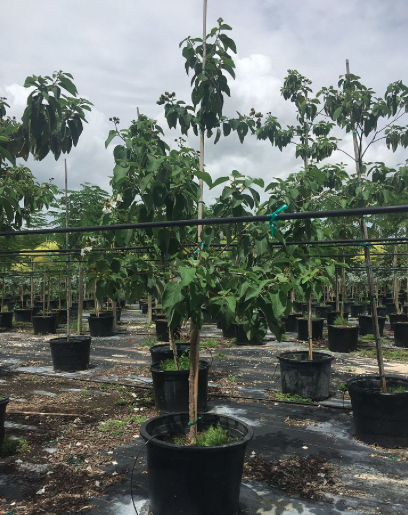

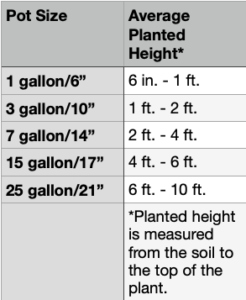
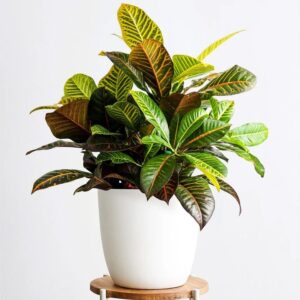
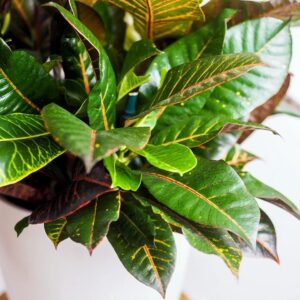

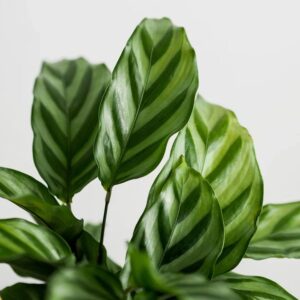
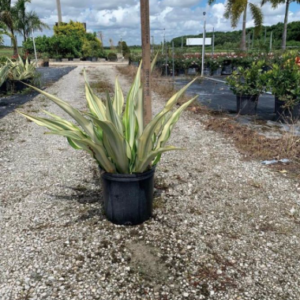
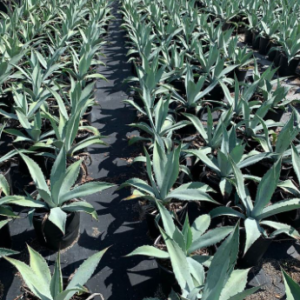
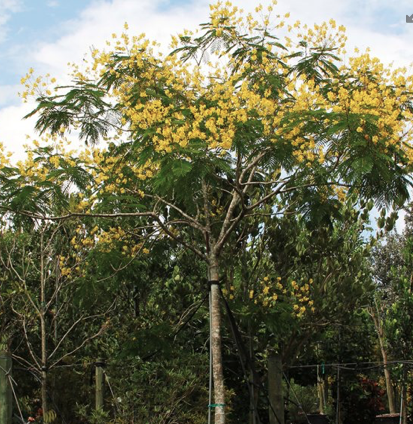
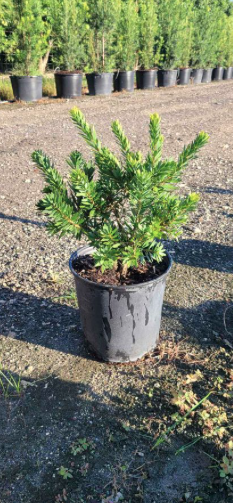
Lisa Harvey –
So easy to choose the tree online. The whole process could not have been easier and inquiries were addressed immediately. Tree delivered and planted as requested. All looks great, we just have to sit back and watch it grow. We have a new White Geiger. Many thanks goes to Smarty Plants Nursery and I will definitely use them again.
Gretchen Gray –
Smarty Plants Nursery was pleasant and did an outstanding job installing our tree and shrubs! Thank you for offering this wonderful service!